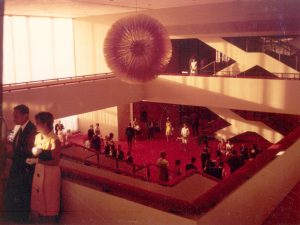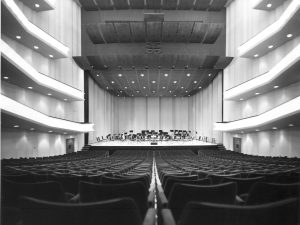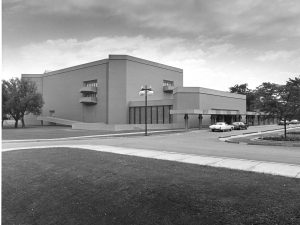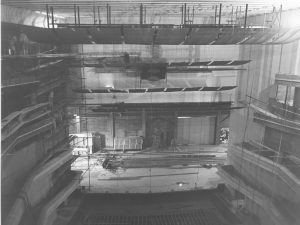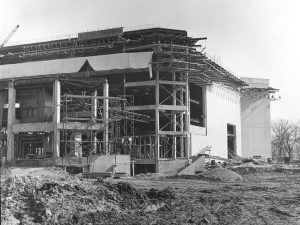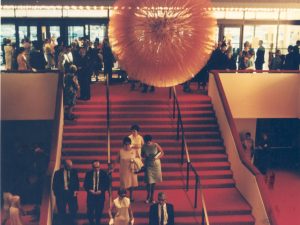History
The James H. Whiting Auditorium (as the theater was originally named) was dedicated and officially opened in October 1967.
A major renovation in 1999 has restored The Whiting to its former glory, combining the charm and grace of old European theaters with the beauty and comfort of modern day. Each year, this 2,043 seat theater hosts the Flint Symphony Orchestra, performances presented by Flint Youth Theatre, and The Whiting Presents, featuring Broadway hits, touring musical and dance groups and guest artists from around the world.
JAMES H. WHITING
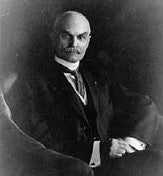 The Whiting is named in memory of James H. Whiting, an early pioneer of the auto industry and one of the founders of Flint Wagon Works in 1882. He was made President of Flint Wagon Works and in 1903 convinced his partners to buy the Buick Motor Car Company in Detroit and move it to Flint. Whiting became President while David Buick was General Manager. In 1904, Whiting persuaded William Crapo Durant to become General Manager of Buick and in 1911 he also sold Flint Wagon Works to Durant. Independently, Whiting formed the Whiting Motor Company in 1911 and produced the Whiting car for two years.
The Whiting is named in memory of James H. Whiting, an early pioneer of the auto industry and one of the founders of Flint Wagon Works in 1882. He was made President of Flint Wagon Works and in 1903 convinced his partners to buy the Buick Motor Car Company in Detroit and move it to Flint. Whiting became President while David Buick was General Manager. In 1904, Whiting persuaded William Crapo Durant to become General Manager of Buick and in 1911 he also sold Flint Wagon Works to Durant. Independently, Whiting formed the Whiting Motor Company in 1911 and produced the Whiting car for two years.
THE “GOLDEN SUN”
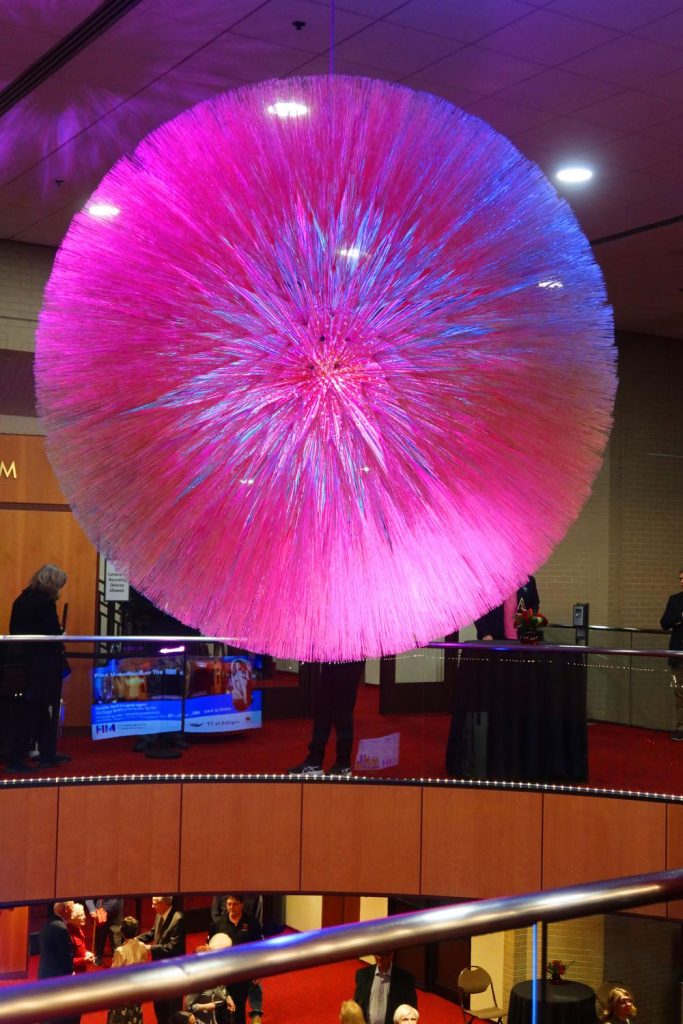
In 1967, The Whiting commissioned Harry Bertoia to design and build the golden spherical sculpture that hangs suspended in the lobby of The Whiting. The golden sphere is 7ft. in diameter and made up of 675 gold-plated stainless steel “branches.” The branches are bolted into a gold-plated stainless steel core. The sculpture was completed in 1968 and is valued at $5M.
Harry Bertoia (1915-1978) was an Italian born artist and designer. He accompanied his father to Detroit at age 15 and attended Cass Technical High school, a public school dedicated to students talented in the science and the arts. After high school he received a one year scholarship to the Art School of the Detroit Society of Arts and Crafts to study painting and drawing. In 1937, another scholarship gave him the opportunity to also study painting and drawing at the Cranbrook Academy of Art. He stayed on at Cranbrook to re-open the department of metalworking. In 1940, Harry met Brigitta Valentiner, the daughter of Wilhelm R Valentiner, director of the Detroit Institute of Arts and the foremost expert on Rembrandt in the U.S. He and Brigitta were married on May 10, 1943.
Jewelry was a craft that Harry had learned during his high school years at Cass Technical High School. As this was a time of war, metals were very hard to come by. This limited Harry from making large pieces therefore resorting to making smaller silver and copper pieces. He made and shared many of his jewelry pieces with his friends at Cranbrook and made wedding rings for Charles and Ray Eames and Edmund Bacon, noted American architects.
The first architectural sculpture commission that Harry did was, in 1953, for the General Motors Technical Center. It is a sculpture used to divide 2 spaces, thus one could say that sculpture becomes part of the whole space planning, not as an ornamental piece but as a functional and visually melodic section of the structure.
From 1953 to 1978 Harry Bertoia created large commissions. He made over 50 public sculptures which are on public display in towns throughout the United States. Harry Bertoia was hired by the greatest architects of the time. They include Eero Saarinen, Henry Dreyfuss, Roche & Dinkeloo, Minoru Yamasaki, Edward Durell Stone & I M Pei. He received the AIA Craftsmanship Award in 1956 and the Critic’s Award in 1968. Bertoia died on November 6, 1978.
Harry Bertoia purposefully never signed or named any of his artworks. He felt they were a part of the universe that God designed and he could have little or no influence on one’s imagination.
The name “Golden Sun” was given to the sculpture at The Whiting on March 10, 1999 by Val Bertoia, Harry’s son. On this day, which would have been Harry’s 84th birthday, Val disassembled and reassembled all 675 rods of the sculpture for cleaning.
